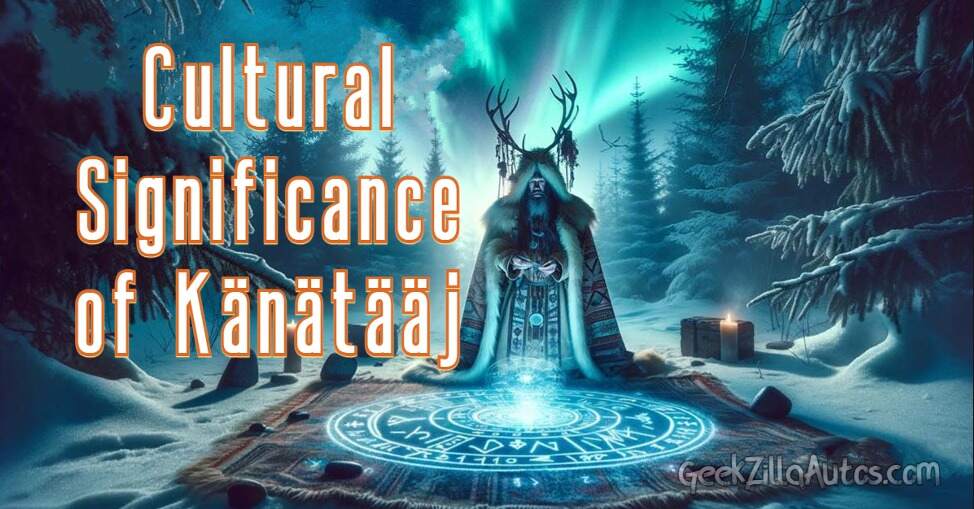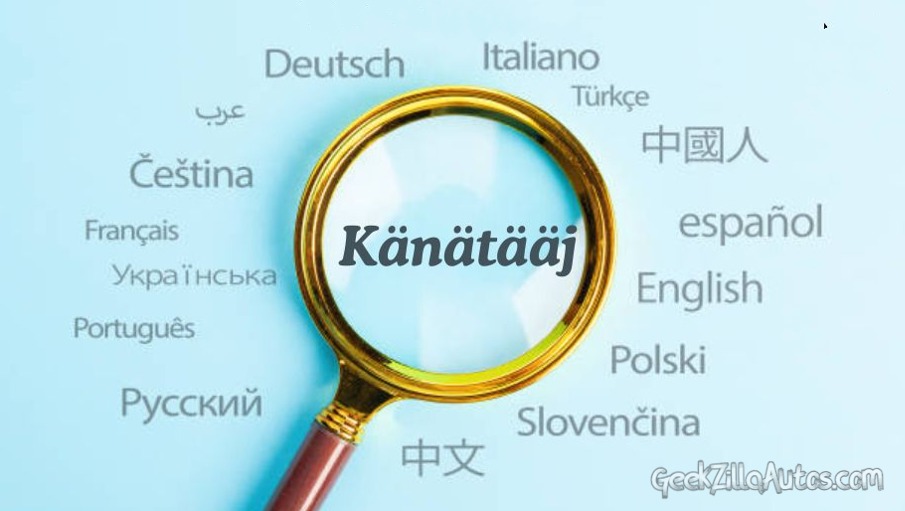Introduction
Känätääj is a unique cultural tradition that has captured the curiosity of many around the world. But what exactly is Känätääj, and why does it matter?
This cultural phenomenon is deeply rooted in local traditions and represents a meaningful aspect of identity and heritage for the communities involved.
In this article, we’ll take a deep dive into Känätääj’s origins, its cultural impact, and why it still holds relevance today.
Historical Background of Känätääj

The history of Känätääj can be traced back centuries, originating from specific cultural rituals that were passed down through generations.
The term “känätääj” itself derives from an ancient word that conveys meanings tied to family, community, and togetherness.
Over time, it evolved to encompass a wide variety of customs that vary slightly depending on the region. Understanding this background is essential to appreciating Känätääj’s importance.
Cultural Significance of Känätääj

Känätääj serves as a mirror of the values and beliefs of the people who practice it. It holds deep meaning, embodying concepts of unity, respect, and shared heritage.
Often symbolized through certain objects, songs, and stories, Känätääj is a powerful reminder of the resilience and adaptability of culture.
Through its customs, it allows people to connect not only with their ancestors but also with each other.
Where Känätääj Is Practiced or Recognized
Primarily observed in specific regions known for rich cultural traditions, Känätääj has spread in recognition and practice across multiple communities.
This geographic spread speaks to its flexibility, as different areas have adapted its practices to suit their local traditions.
Today, it is celebrated both in rural communities and in urban settings, making it accessible to a broader audience.
Key Elements of Känätääj
The essence of Känätääj lies in its various customs, each with unique characteristics. These include particular forms of dance, traditional songs, and symbolic attire.
The garments worn during Känätääj festivities, for instance, often feature intricate patterns that tell stories or signify social status.
Unlike many other cultural practices, Känätääj is marked by inclusivity, encouraging everyone to participate and share in the experience.
Importance of Känätääj in Modern Times
In today’s fast-paced world, cultural traditions like Känätääj offer a grounding experience, allowing individuals to reconnect with their roots.
Despite the influence of globalization, the values embedded in Känätääj—such as community, respect, and honor—resonate with modern audiences.
People continue to celebrate it not only for its traditional value but also as a means of fostering a sense of belonging.
Economic Impact of Känätääj
One might wonder if Känätääj has any effect on the economy—and the answer is a resounding yes.
From local artisans who create traditional clothing and accessories to tourism boosts during major Känätääj events, this cultural tradition plays a significant economic role.
Many visitors travel to experience the authentic festivities, benefiting local economies and sustaining small businesses.
Artistic Expressions within Känätääj
Art is a vital aspect of Känätääj, manifesting in the form of music, dance, and visual arts. The dances often feature specific movements that have symbolic meanings, while the music uses traditional instruments.
Additionally, the vibrant colors and detailed designs of costumes used in Känätääj are a testament to the community’s creativity and artistic skills, each item carefully crafted to add to the overall atmosphere.
Festivals and Events Celebrating Känätääj
The celebration of Känätääj peaks during certain festivals, which draw locals and visitors alike. These events are marked by performances, communal feasts, and storytelling sessions that capture the essence of Känätääj.
Notable festivals are held yearly, with highlights that vary by region, allowing each area to showcase its unique take on the tradition.
Common Misconceptions about Känätääj
As with many cultural traditions, misunderstandings about Känätääj are not uncommon. Some believe it to be a rigid, unchanging practice, but Känätääj has shown remarkable adaptability over time.
Others might see it as merely a series of rituals, but it’s so much more—a dynamic, living tradition that serves as a means of expression and connection.
Känätääj and Spirituality
For many, Känätääj is more than just a cultural event; it’s a spiritual experience. Its rituals are often intertwined with religious or spiritual beliefs, offering a chance for reflection and personal growth.
This connection to spirituality adds a profound layer of meaning, reinforcing the values that Känätääj seeks to promote within its community.
Environmental Impact of Känätääj Traditions
Interestingly, Känätääj also emphasizes a connection with nature, encouraging eco-friendly practices within its customs.
Many traditions involve using natural, biodegradable materials, a testament to its environmental consciousness.
This aspect of Känätääj resonates today, aligning with the growing global awareness of environmental responsibility.
Future of Känätääj
Looking ahead, Känätääj faces both challenges and opportunities. With globalization, some worry that the younger generation may lose touch with these practices.
However, there are dedicated efforts to preserve and even modernize aspects of Känätääj to keep it relevant for future generations, ensuring its survival and continued influence.
Why Känätääj Matters Today
In an age where cultural heritage is often overshadowed, Känätääj stands as a beacon of identity. For many, it’s a reminder of who they are and where they come from.
Känätääj doesn’t just keep traditions alive; it creates a living bridge between the past and present, influencing not only those who practice it but also those who witness it.
Conclusion
Känätääj is more than just a cultural tradition; it’s a vibrant tapestry of history, community, and identity. Its influence spans generations, adapting and growing with time, yet staying true to its roots.
For anyone seeking to understand the depth of a people’s heritage, Känätääj offers an invaluable insight into the importance of tradition and belonging.













Leave a Reply